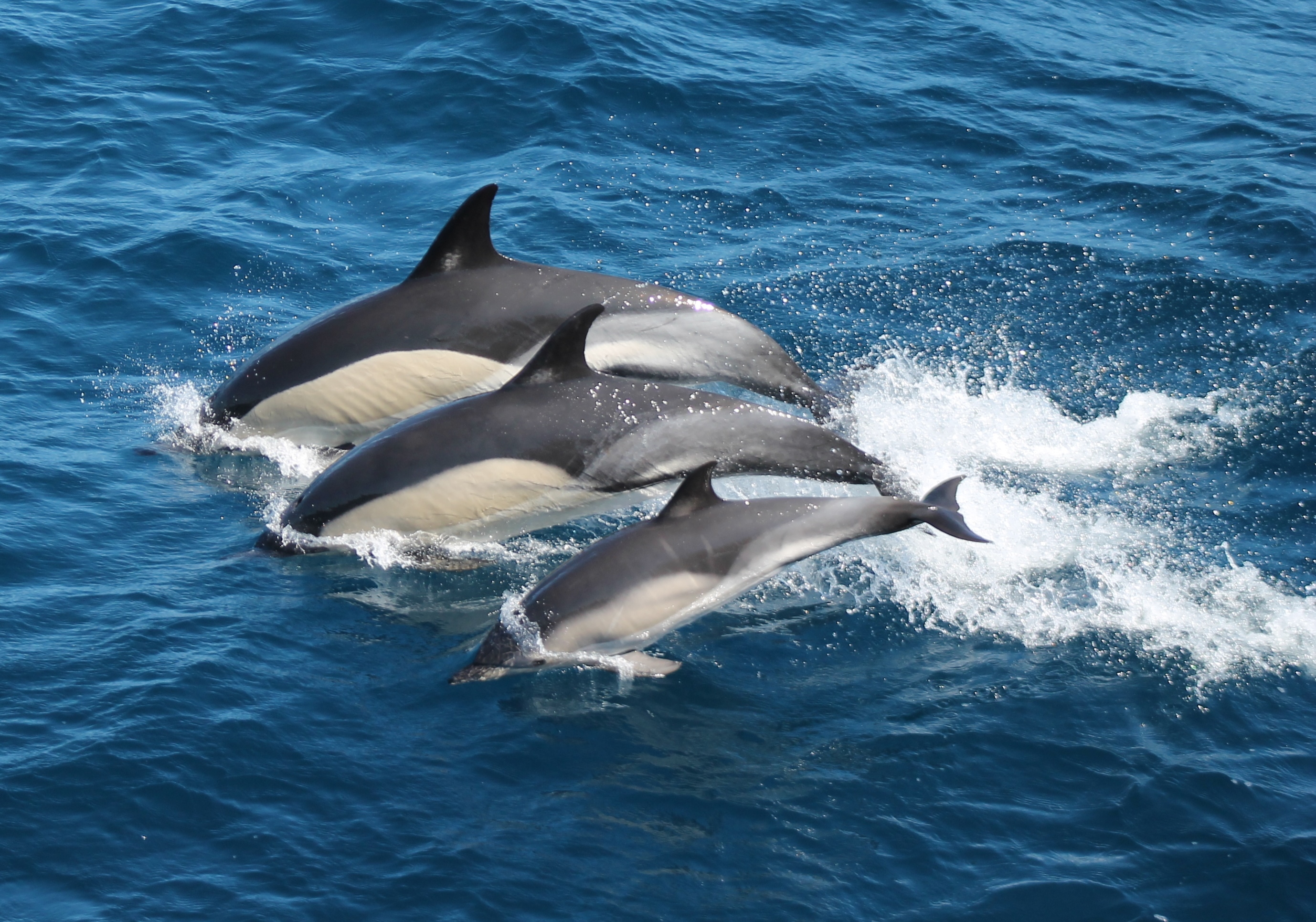Brexit raises uncertainties about the future of collaborative studies vital to wildlife conservation, said a St Andrews academic.
A recent survey led by the University of St Andrews was praised for using collaborative working at EU level to feed into conservation efforts.
One of the coordinators of the study, Professor Phil Hammond, said the impact of Brexit on future studies was unknown.
“We don’t know what the impact of Brexit will be. It depends on future decisions to be made by government,” he said.
Along with Sea Mammal Research Unit (SMRU) colleague Claire Lacey, Mr Hammond led a study which revealed there are estimated to be more than 1.5 million whales, dolphins and porpoises in the European Atlantic.
The SCANS-III survey was the third in a series which began in 1994 with SCANS and continued in 2005 with SCANS-II.
Results will be used to assess the conservation status of various marine species.
Mr Hammond added: “The results from these large-scale international surveys in the last two decades have greatly expanded our knowledge of the distribution and abundance of cetacean species in European Atlantic waters, enabling fisheries bycatch and other anthropogenic stressors to be placed in a population context and giving a strong basis for assessments of conservation status.
“UK waters comprise a large proportion of European Atlantic waters. Cetaceans are widely distributed and highly mobile and do not respect national boundaries.
“It will be important from a scientific perspective for these waters to be covered in future surveys to provide the best information for conservation assessments at a regional scale.”
The new estimates will be integral to cetacean assessments undertaken for the EU Marine Strategy Framework Directive.
Dr Santos from the Instituto Español de Oceanografía, who coordinated Spanish ship surveys during the study, said: “SCANS-III is a good example of how international collaboration at EU level is needed for the assessment of status and trends to inform conservation management of these wide-ranging species.”
The results of the survey were presented at the European Cetacean Society conference in Denmark.
The research found that the most abundant species was harbour porpoise, with nearly 467,000 specimens identified.
This was followed by 468,000 common dolphins and 372,000 striped dolphins. A further 158,000 were either common or striped dolphins.
Numbers of harbour porpoise, white-beaked dolphin and minke whale in the North Sea were shown to have remained stable over the last 22 years.









